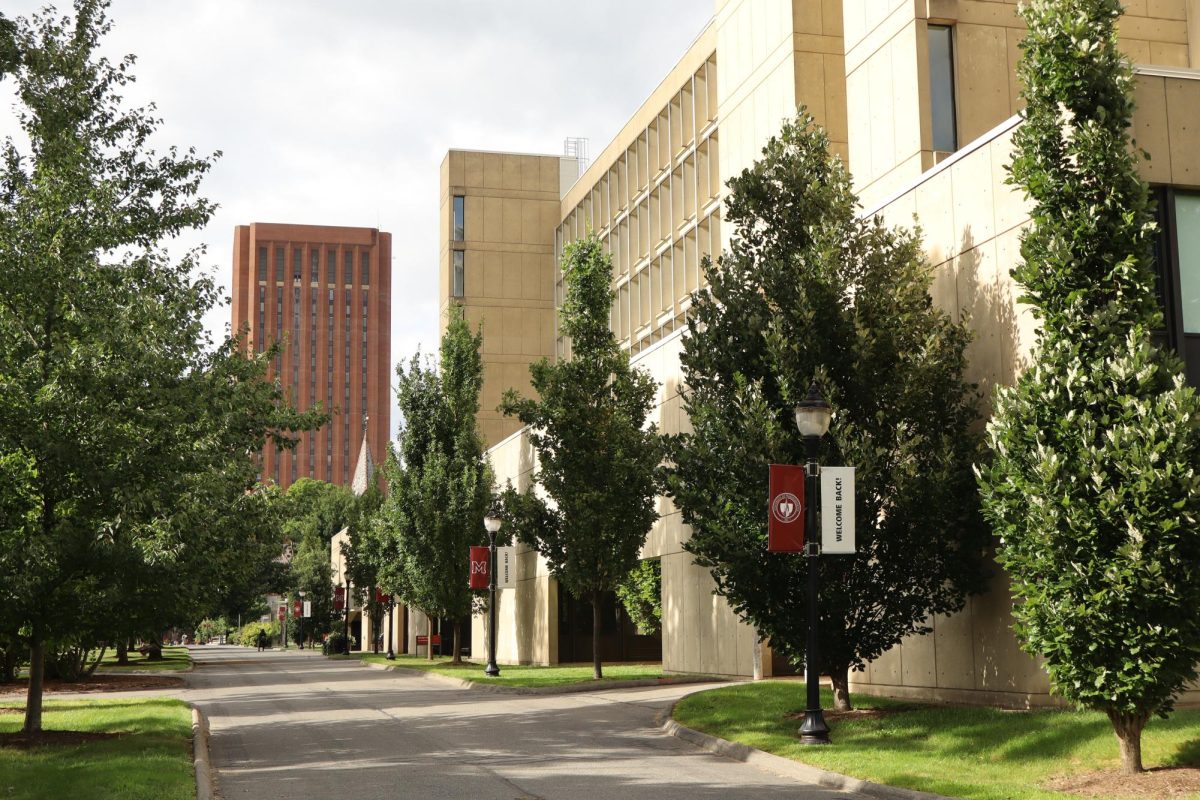As a whole, the University of Massachusetts has been working to become as ecologically friendly as possible for over a decade. This is a goal without a well-established finish line. It is the type of goal one needs to work towards consistently, leaving UMass with various choices for their next step forward.
The University is well known for its “number one dining,” which mostly features farm-to-table food, partly due to being well-positioned with many farms surrounding it. However there’s a few issues with farms. Firstly, crop diversity is hard to achieve; secondly, the clearcutting of forests to create farmland is a glaring environmental problem. One solution to these problems could be food forests.
The term food forest refers to the “diverse planting of edible plants that attempts to mimic the ecosystems and patterns found in nature.” Also called a “forest garden,” food forests generally rely on plant diversity and canopy levels that can be found in the wilderness in order to support the natural growth of native food. As a result, this method of gardening is resilient and low maintenance. It allows plants and animals to thrive naturally, getting rid of the need for pest control and other unnatural substances that could harm the environment. This also results in a low annual investment and higher sustainability.
Food forests can consist of up to seven different canopy layers which all serve their own purpose. As a result, it may seem like these food forests can only exist in large rural areas, but this is untrue. Forest gardens can thrive in suburban areas, on city balconies and even in college towns like our own. The number of canopy levels will decrease as the space available for the garden decreases.
UMass has multiple areas on campus that would be easy to transform into forest gardens. Two examples would be the greenhouses that are sprinkled throughout campus and the garden just outside of Franklin Dining Commons. It would not be hard to transform either into self-sustaining gardens that would also provide a habitat for smaller animals.
According to “The Step by Step Guide to Creating Your Forest Garden” by SpiralSeed, it is best to start by planning the layout of the garden first. The initial planning is important to have a successful forest garden. By beginning with the layout, the amount of “edible yields” versus the “non-edible yields” can be increased. To create a food forest on campus, the initial plants would depend on the size of the area and the biggest plant that the gardener would want to grow. For the garden outside of Franklin, fruit trees could be planted as the top-most canopy level which provides other plants with shelter. It’s recommended that these fruit trees are at least mostly mature so it won’t take as much time for them to produce their first yield. The other plants that would contribute to the different levels and diversity could be berry bushes, vegetables and fruits that would normally be found in gardens and then ground level plants. Since the area experiences seasons, both annual and perennial plants can be grown, providing diversity that would ensure the longevity of the garden.
Creating a forest garden at home is not too difficult either, whether you have a full backyard or just a balcony to work with. In regards to working with a balcony, the canopies would just be on a smaller scale. In the end, it would still achieve the same effect. So whether the forest gardens are in your backyard or on the University campus, the costs and maintenance will be much lower and are likely to have a higher yield of natural foods. Being able to grow all of the plants in the same area would also allow for more sustainability.
With a campus like UMass and its surrounding land, the possibilities for forest gardens are endless with benefits for almost everybody. Plants and animals grow as they are meant to, gardeners get their highest yield and we help nature get back to its natural state.
Katie Seda can be reached at [email protected] and followed on Twitter @KatieSeda_.




















